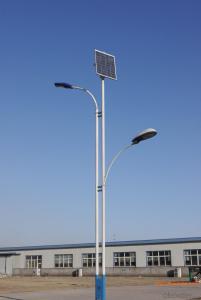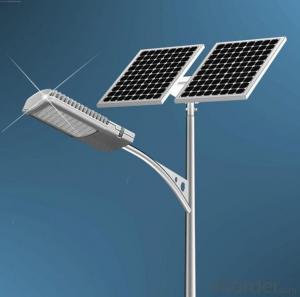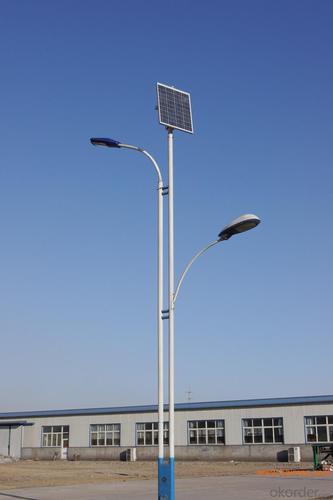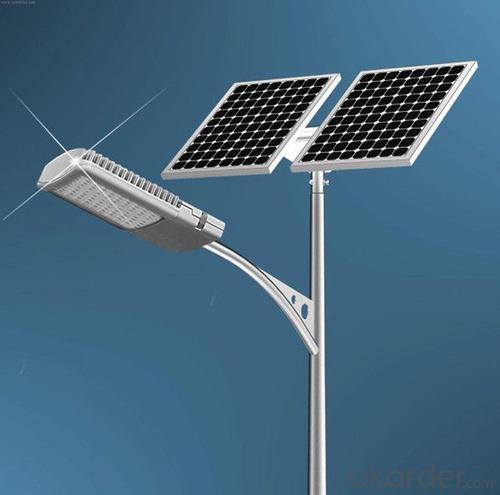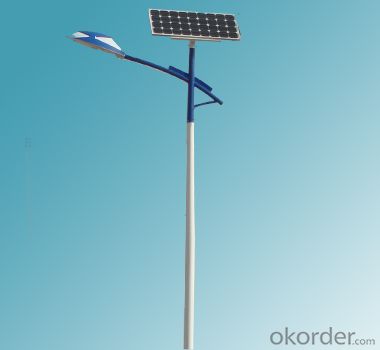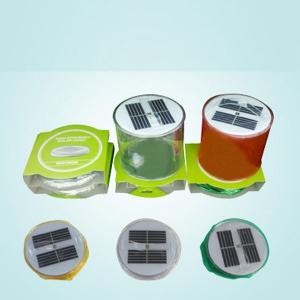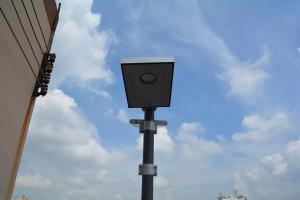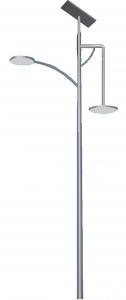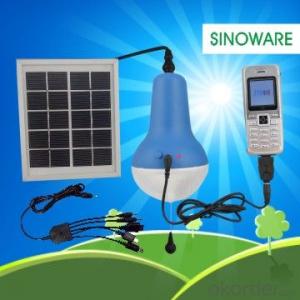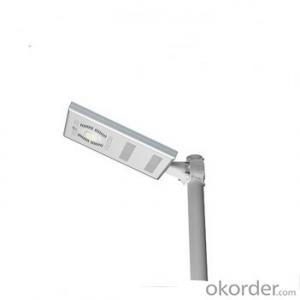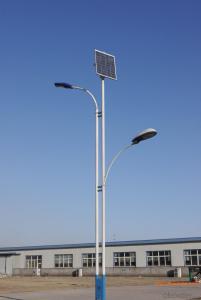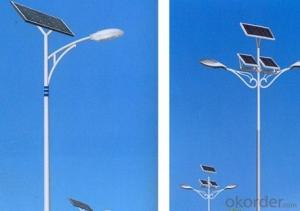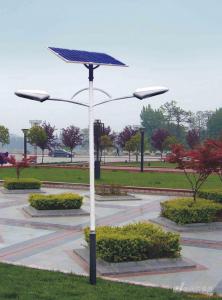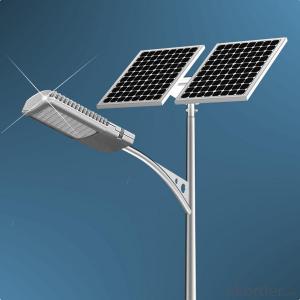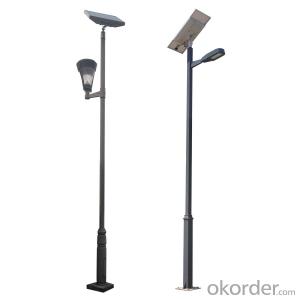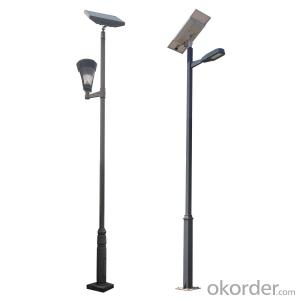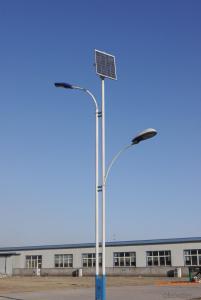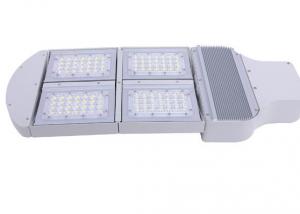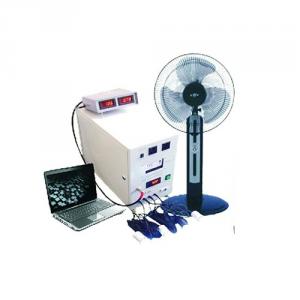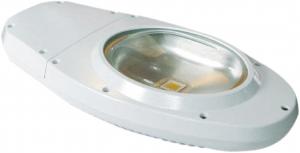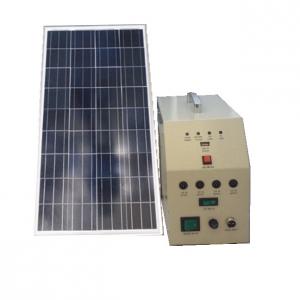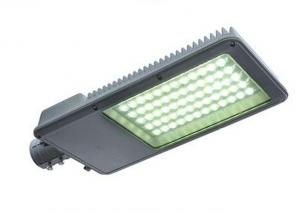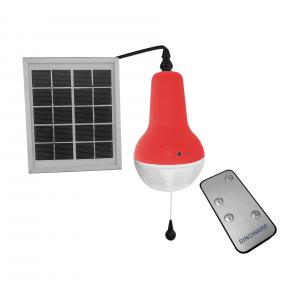Solar Light for 4x4 Post - Solar Street Lamps, Environmental Friendly, Cost Saving, L9
- Loading Port:
- Ningbo
- Payment Terms:
- TT OR LC
- Min Order Qty:
- 1 set
- Supply Capability:
- 5000 set/month
OKorder Service Pledge
OKorder Financial Service
You Might Also Like
Step 1 – Find area in need of street lights
The first thing to figure out is the length of road in need of street lights. This can be a small entrance road only a couple hundred of feet long to miles of streets through an area. Does the area currently have any type of lighting available? What is the reason for needing street lights in this area?
Step 2 – Find out if electric is available
Is the electrical grid already nearby or would you need to call in the power company to bring in electrical lines? If the electric needs to be brought to the area, how much is this going to cost? Depending on how far the grid electric is from the location of the needed lighting, this can be quite expensive.
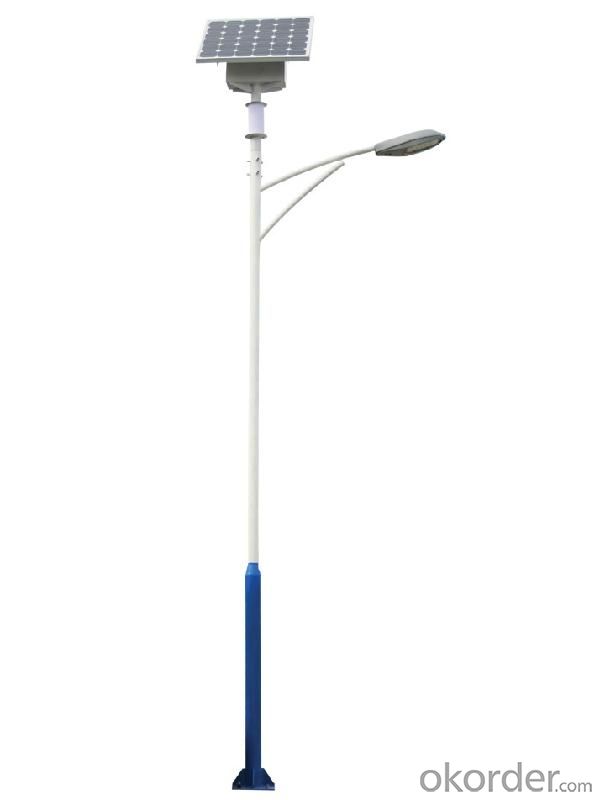
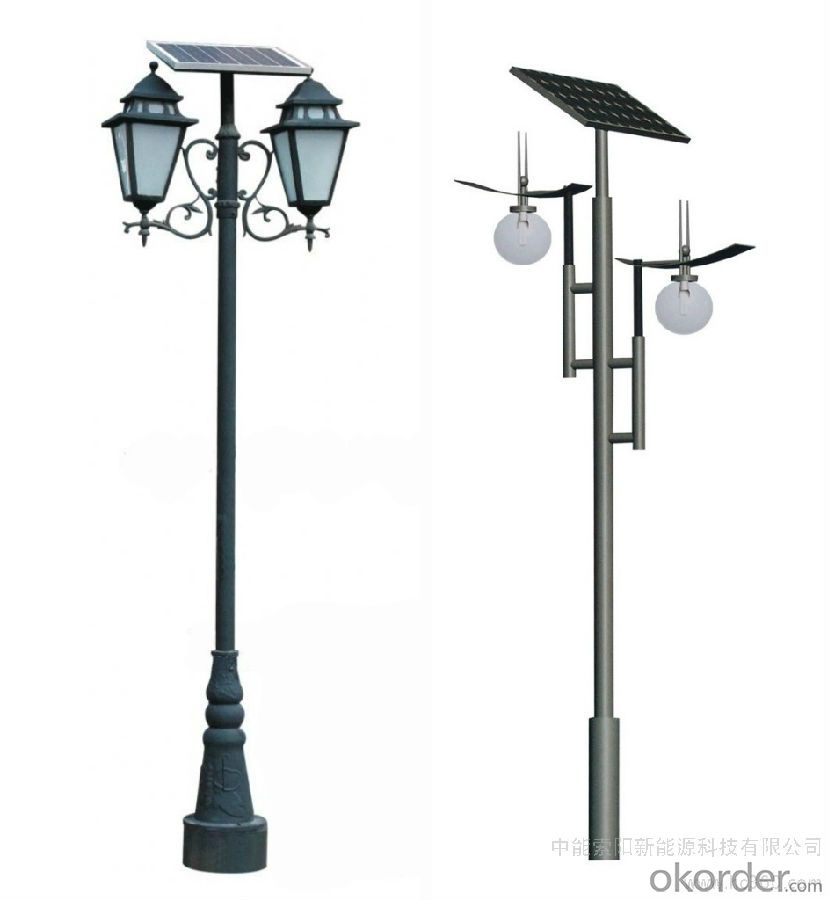
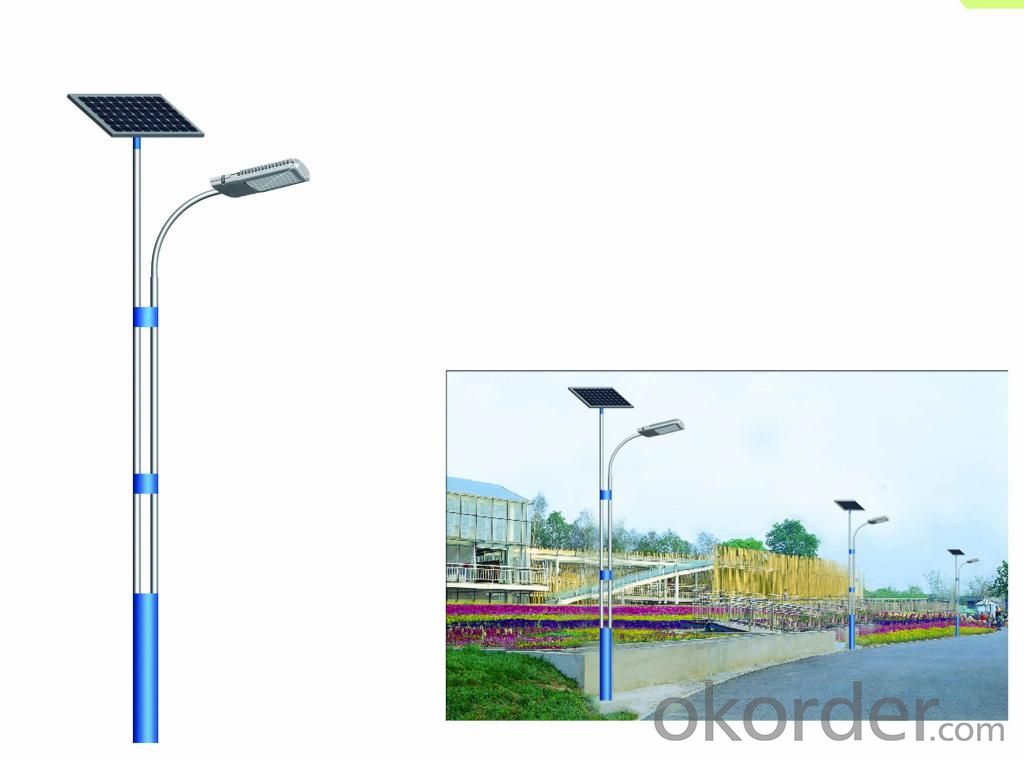
Step 3 – Determine the lighting requirements
How much lighting is needed on the street? Do the lights need to be dark sky compliant? Do the street lights need to run from dusk to dawn or for only a specified number of hours at night? Are the street lights able to dim in the middle of the night and still provide enough lighting? These questions need to be answered before you can decide on how many lights you will need to complete the project.
Step 4 – Find all alternatives
Solar power street lights are an option to traditional electrical lights. Solar street lights do not need the electrical grid to be brought in as they are self-contained units that provide their own electric.
Step 5 – Contact companies for quotes
The last step after gathering the above information is to contact companies for quotes. Just like with anything else, get multiple quotes and weigh the pros and cons of every company and situation. The lowest quote is not always the best, so make sure to do your research on companies and products before you submit a purchase order.
If you take your time, do your research, and gather needed requirements, your next street lighting project will be a success. Never be afraid to ask a lot questions, they may save you time and money in the long run.
- Q: What happens if a solar light's battery dies?
- If a solar light's battery dies, it will no longer be able to store and provide energy for the light to function. As a result, the light will not illuminate until the battery is recharged or replaced.
- Q: Can solar lights be used for outdoor car washes or detailing?
- Yes, solar lights can be used for outdoor car washes or detailing. Solar lights are a great eco-friendly lighting option for outdoor activities, including car washes or detailing. They harness solar energy during the day to power up and provide illumination at night, eliminating the need for electricity. This makes them cost-effective and convenient for outdoor settings.
- Q: What are the different types of solar lights?
- There are several types of solar lights available, including solar garden lights, solar pathway lights, solar spotlights, solar string lights, solar deck lights, and solar security lights.
- Q: Can solar lights be used on fences?
- Solar lights are indeed suitable for use on fences and are quite commonly chosen for illuminating fences or providing decorative lighting in outdoor spaces. The design of solar lights allows them to be self-sustaining and depend on sunlight for their power source, making them a practical and energy-efficient choice. Installing solar lights on your fence can enhance visibility and safety during the night, create a cozy atmosphere in your outdoor area, and accentuate the aesthetic appeal of your fence. Moreover, solar lights are effortless to install since they do not necessitate any wiring or electrical connections, which makes them a convenient and trouble-free solution for fence lighting.
- Q: Can solar lights be used in high-traffic areas?
- Yes, solar lights can be used in high-traffic areas. Solar lights are an excellent option for illuminating high-traffic areas as they are easy to install, require minimal maintenance, and do not rely on electricity from the grid. These lights are powered by sunlight, which is converted into electrical energy through solar panels. This means they do not require any external power source, making them perfect for use in areas where access to electricity may be limited or expensive. Additionally, solar lights have advanced over the years and can now provide bright and consistent lighting, making them suitable for use in areas with heavy foot traffic or vehicle movement. They can be used to illuminate pathways, sidewalks, parking lots, and other busy areas, ensuring safety and visibility for pedestrians and drivers alike.
- Q: How do solar lights handle power outages or grid failures?
- Solar lights have been designed to function independently of the grid, ensuring that they remain unaffected by power outages or grid failures. Typically, these lights come equipped with rechargeable batteries that store the energy harnessed from the sun during the day. Once the sun sets or in the event of a power outage, these batteries power the LED lights, illuminating the surroundings throughout the night. This self-sufficient aspect of solar lights renders them a dependable and convenient lighting option in areas prone to power outages or where the grid infrastructure is unreliable. Furthermore, certain solar lights may possess a backup power source, such as a secondary battery or a hand-crank generator, guaranteeing continuous operation even during extended periods of darkness or limited sunlight. In summary, solar lights offer a resilient and sustainable lighting solution that can function independently of the grid during power outages or grid failures.
- Q: How do I change the LED bulbs in solar lights?
- To change the LED bulbs in solar lights, you will need to follow a few simple steps. 1. Make sure the solar light is turned off and disconnected from any power source. This is important for your safety and to avoid any electrical accidents. 2. Depending on the model of your solar light, you may need to remove the top cover or unscrew the bottom part to access the LED bulb. Refer to the user manual or instructions provided by the manufacturer for specific details. 3. Once you have access to the LED bulb, gently remove it by carefully pulling it out. Some bulbs may be attached with small clips or screws, so be cautious not to damage any components during the removal process. 4. Take the new LED bulb and insert it into the socket or holder, making sure it is securely positioned. Again, refer to the user manual if you are unsure about the correct placement. 5. After installing the new LED bulb, reassemble the solar light by putting back the top cover or screwing the bottom part back into place. Ensure that all parts are properly aligned and tightened. 6. After reassembly, check that the solar light is functioning correctly by turning it on and observing the light output. If it is not working, check if the bulb is properly installed or if there are any other issues that need troubleshooting. Remember, the process may vary slightly depending on the specific model or brand of your solar light. It is always a good idea to consult the user manual or contact the manufacturer for any additional guidance or support.
- Q: Can solar lights be used on hiking trails and campsites?
- Solar lights are a great option for illuminating hiking trails and campsites. They provide an eco-friendly alternative to traditional lighting options in outdoor settings. These lights are designed to capture the sun's energy during the day and store it in batteries for use at night. This makes them perfect for areas without electricity, such as remote campsites and hiking trails. Installing solar lights is a breeze and they require minimal maintenance. They usually come with stakes or mounting brackets, making it easy to place them along trails or around campsites. Some models even have motion sensors, which are particularly useful for safety and security purposes in outdoor environments. One of the major advantages of solar lights is their independence from the power grid. This means that hikers and campers can rely on them to light up trails and campsites without worrying about access to electricity. Additionally, solar lights are durable and weatherproof, making them perfect for use in rough terrains and harsh weather conditions. Using solar lights on hiking trails and campsites not only ensures visibility and safety but also minimizes the environmental impact of outdoor activities. By harnessing the power of the sun, these lights help reduce carbon emissions and preserve the natural beauty of these outdoor spaces.
- Q: Can solar lights be used for camping and outdoor activities?
- Yes, solar lights can definitely be used for camping and outdoor activities. They are a great alternative to traditional lighting options as they do not require electricity and can be recharged by the sun during the day. Solar lights are portable, lightweight, and easy to use, making them ideal for illuminating campsites, hiking trails, or any outdoor space. They provide a sustainable and eco-friendly lighting solution that enhances safety and convenience during outdoor adventures.
- Q: How do solar lights handle power fluctuations?
- Solar lights handle power fluctuations by using a built-in controller that regulates the flow of electricity from the solar panel to the battery and the light. This controller ensures a steady and consistent power supply, even during fluctuations in sunlight intensity. Additionally, some solar lights may have a backup battery or capacitor that stores excess energy during peak sunlight hours, providing backup power during periods of low light or power fluctuations.
Send your message to us
Solar Light for 4x4 Post - Solar Street Lamps, Environmental Friendly, Cost Saving, L9
- Loading Port:
- Ningbo
- Payment Terms:
- TT OR LC
- Min Order Qty:
- 1 set
- Supply Capability:
- 5000 set/month
OKorder Service Pledge
OKorder Financial Service
Similar products
Hot products
Hot Searches
Related keywords
